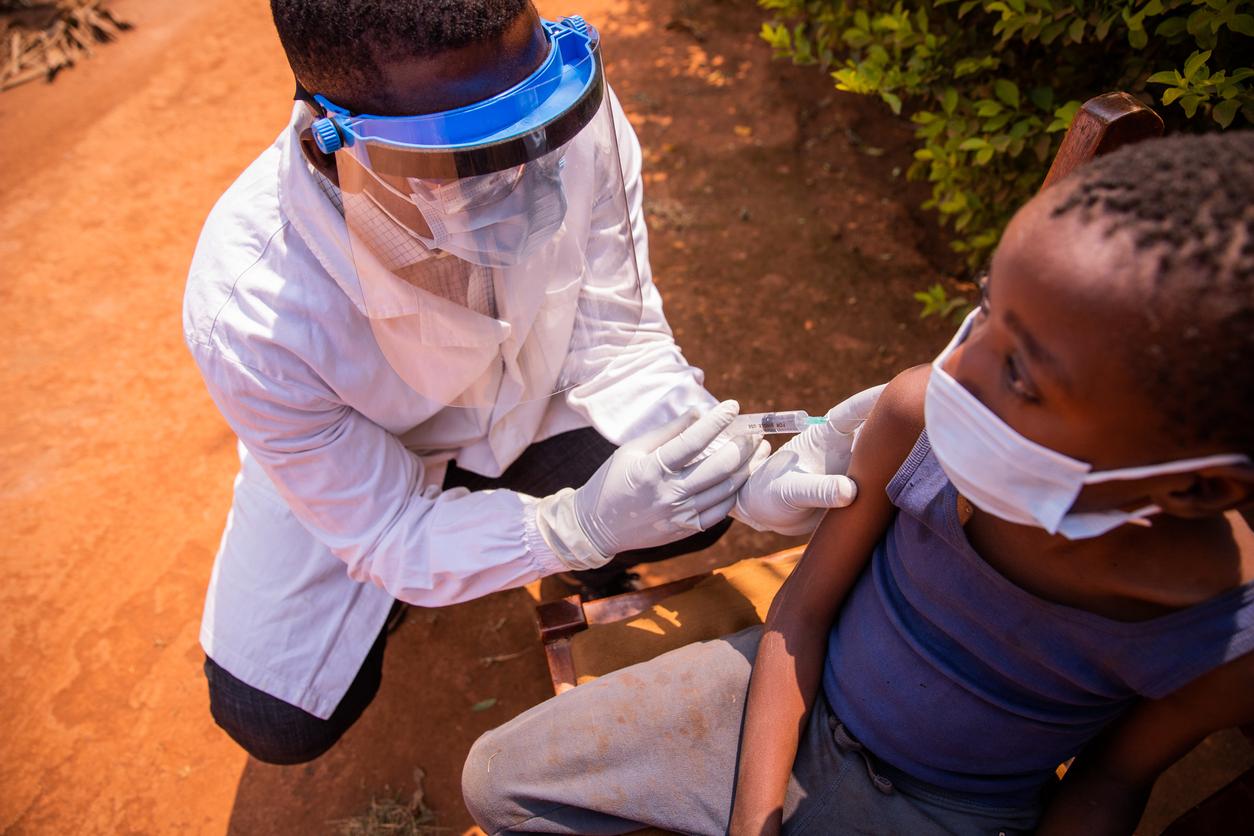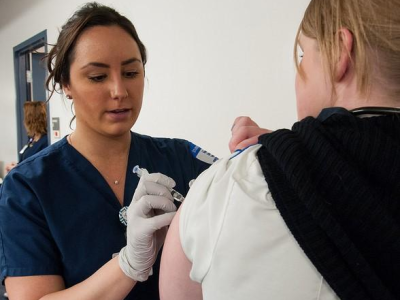Yesterday in BMJ, researchers published a new model of COVID-19 pandemic healthcare disruptions, showing that they led to increases in other causes of illness and death, including mental disorders, pediatric malaria cases, and stroke and heart disease in older adults.
Recent studies have shown how pandemic disruptions led to a drop in routine immunizations, cancer screenings, and other life-saving medical care. Moreover, funding for tropical-disease prevention and treatment and other healthcare resources shrank during the initial months of the pandemic.
The models are based on the Global Burden of Disease Study 2021, which collected data on the burden of 174 causes of mobility and mortality from 1990 to 2021. The authors said they developed time-series models to simulate the disease burden of those causes in 2020 and 2021 under a scenario without COVID19, across regions, age-groups, and sexes.
“This method allowed us to quantify the impact of the COVID-19 pandemic on the disease burden of other causes," the authors wrote. “Rare conditions or causes with incomplete or inconsistent time-series data across countries were excluded.”
Sub-Saharan malaria care affected most
Overall, malaria and depression and anxiety saw the biggest increases in the first post-pandemic year.
The absolute increases in age-standardized DALYs (disability-adjusted life years) were 97.9 (95% confidence interval [CI], 46.9 to 148.9) per 100,000 for malaria and 1.3 (95% CI, 0.5 to 2.1) per 100,000 for mortality, with relative increases of 12.2% and 12.3%, respectively. Malaria-related DALYs and deaths increased the most in children under five years old.
The absolute age-standardized rates of depressive and anxiety disorders increased 618.0 (95% CI, 589.3 to 646.8) per 100,000 and 102.4 (95% CI, 101.3 to 103.6) per 100,000, with relative increases of 14.3% and 15.4%, respectively. Overall, women and young adults aged 15 to 49 experienced a greater burden of mental illness.
“This indicates that during the 2020-2021 covid-19 pandemic, depressive and anxiety disorders, along with malaria, were most notably affected, with a significant rise in disease burden compared with other causes,” the authors said. "Moreover, of the 174 causes analyzed, 38 causes showed a significant increase in at least one metric.”
Heart disease and stroke burden also increased, particularly among individuals aged 70 years and above, with a prevalence of 169.0 (95% CI, 100.8 to 237.1) per 100,000 for ischemic heart disease and 27.0 (95% CI, 14.4 to 39.6) per 100,000 for stroke.
These findings underscore the urgent need to strengthen health system resilience.
“These findings underscore the urgent need to strengthen health system resilience, enhance integrated surveillance, and adopt syndemic-informed strategies to support equitable preparedness for future public health emergencies,” the authors concluded.



















